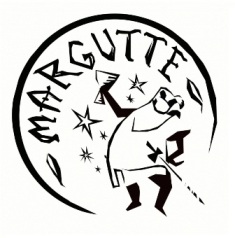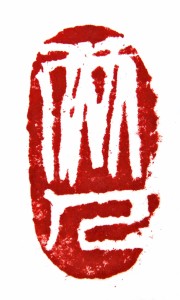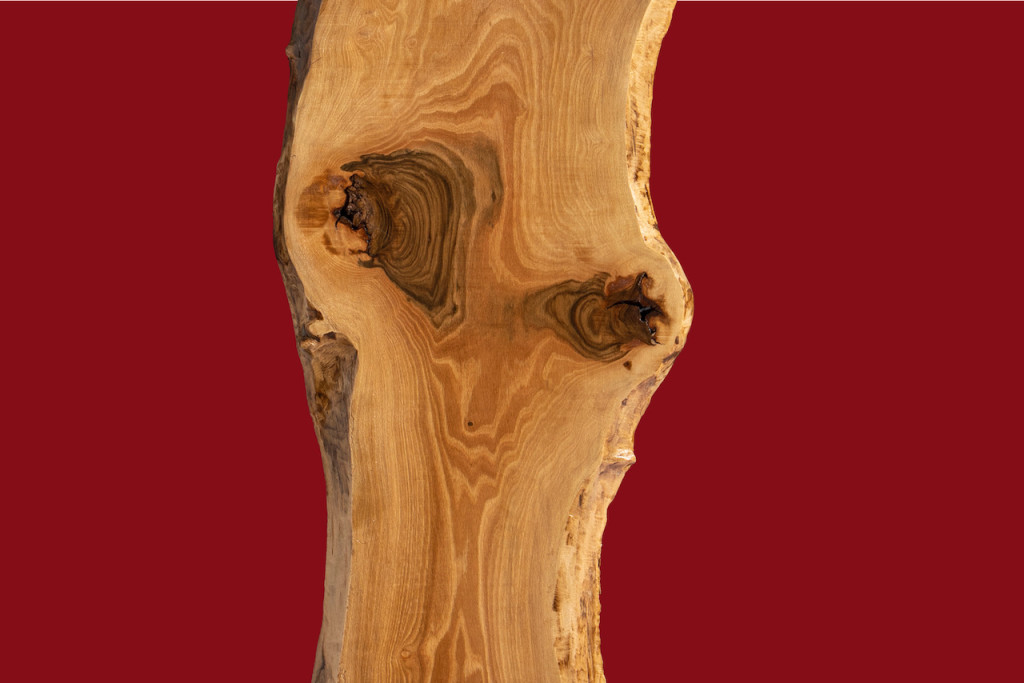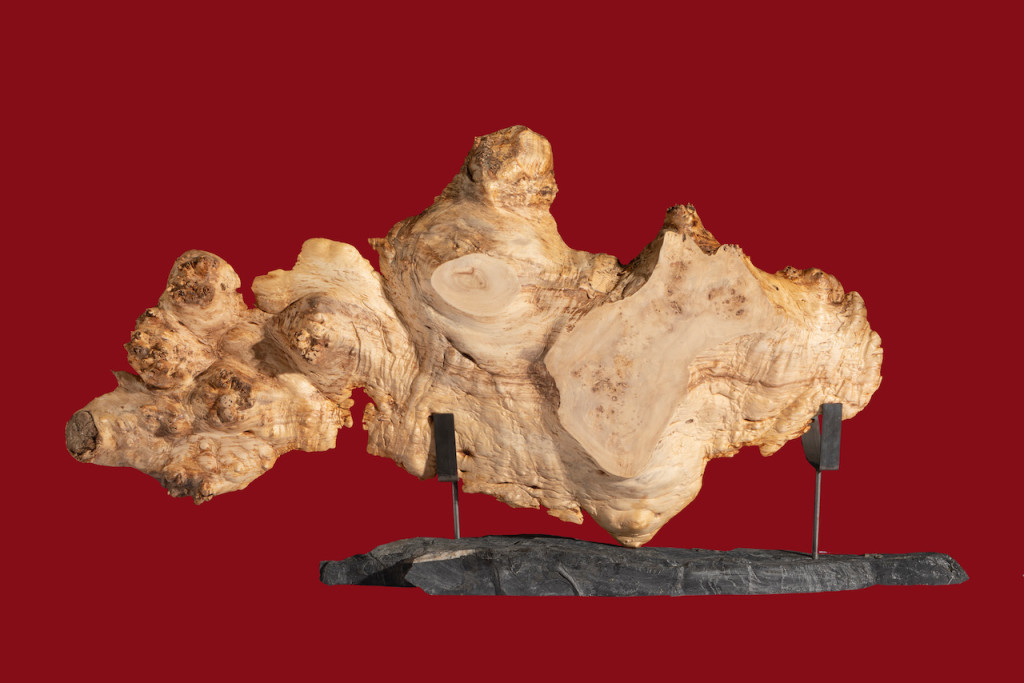GABRIEL TORRES CHALK 玄德
The strokes carved on the black walnut are the work of a fungus. I discovered the codification of the Universe in those images/symbols. It is the magic moment of the teamwork between the tree and the fungus. Together they have tangibly shaped the Yīn Yáng energy and its symbolism.
That is the essence of transformation described in the Book of Change (Yijing): ‘One Yīn and one Yáng is Dào’. And it is encoded in nature. In a tree. The process consists of connecting with the spirit of the stroke and the sound of the Universe. Its breath.
Watch. Learn. Transform.
Along the pathless path of the brush-stroke the hidden knowledge of the dragon rests. That hidden knowledge is a kind of energy. A healing. A cultivation. A philosophy. Sometimes we call it intuition.
The reflection of the pathless path on and from the rings of the trunk is a sacred art. It’s the empty space in a circle. In a ring. It’s the projection of the Wújí 無極: the hollow of the tree.
The Universe encoded in the ring of a black walnut. It is a calligraphy. It is a brush-stroke. It’s the tangible concretion of energy.
Remember: the wood phase is linked to the East. Growth. Rising energy. The Dragon. It’s the rainmaker and can watch in all directions.
Watch: the first rays of the sun rising from the horizon.
I gently touch the black walnut. I feel its breath. I feel the umbilical cord pulling from the skein into the cave. That is the energy I try to grasp in my works, which I call ‘The Sacred Art of the Yijing’. Totemic art leads us to a pre-natal state. Totemic art leads us to the smell of clay in the cave. It is a spiritual journey back to the seed.
Together with my ‘Empty Mountain Project (Ink Painting and Sculpture)’, which leads back to Tang poet Wang Wei, ‘The Sacred Art of the Yijing’ links the metaphysical and spiritual path of tradition to contemporary art.
A tree is Totem. It is a threshold to the spiritual world. From roots to branches, wood is the void made tangible. Because emptiness is plenty and plenty is emptiness. In my works of art I try to grasp the sublime immensity of the spirit of the tree. The beauty of its wood is evident and the powerful message of its spirit is the sound of the Universe. It speaks to us.
Try this exercise: embrace a tree with your arms and try to feel it with your heart. After a while, try to remember the feeling of the experience, bringing your breath down to your lower Dāntián (our inner ocean or elixir field). Be the tree in your heart-mind. It is not about being like. It is actually a transformation: becoming the tree. I have this process in my heart-mind when working with a piece. Art is there. I just need to listen: before painting the bamboo, let it grow inside yourself.
The verticality of the tree works with rings of energy. Its power of influence does not end in its roots or branches. It expands and connects with the energy of heaven and earth. Think of the roots of the clouds. It’s about visualization.
森林浴 is the Japanese expression for ‘forest bathing’. This is a highly beneficial healing for body and spirit. It’s a meditation in motion. It’s a way of feeling your ‘self’ through the trees. To feel the expansive energy of the vertical circles of the forest. It’s a cancellation of our subjective time into an overlapping of time and space. This is the concept for ‘Universe’ in Chinese. So when creating a piece of art I aim at what I call a hurtful moment of sublime beauty: an instant observation on the cliff in/from your inner landscape.
Before working with a piece of wood I paint it in my heart-mind.
Wood and Ink have a powerful vital link.
Qing Tan青檀 is the tree called Pteroceltis Tatarinowii, also known as Wingceltis or Blue Sandalwood. This is an endemic species that grows in Jing County in Anhui (China). Its bark is the main ingredient in the making of the so-called ‘Xuan Zhi’ rice paper. Furthermore, the main ingredient in the composite of ink-sticks is pine-resin and the soot of burnt lamp oil.
There’s a link between our inner line and nature’s inner line invoked in art by the spirit of the tree. It’s an energetically charged symbol that invites us to experience the stroke at once, far beyond, to search infinity when pushing the wooden boat forward on our inner lake. It’s a spiritual brush-stroke performed by nature’s heart.
The lyrical expression of the tree. Wood sculpture and ink painting are meditation in motion. To understand their codes and expressions means to connect with the tides and to feel the influence of the moon. This process transcends reason. You never forget the smell of a yew tree or an olive tree, as you never forget the smell of an ink-stick dissolving on a stone slab. It’s a ritual. It’s a form of Qìgōng, just as Tea is also a form of Qìgōng. All our five needles and all our senses join together in the creation process, channeling the energy of the Universe. This process consists of following the Way of Nature, following the Dào.
Sculptures by Gabriel Torres Chalk.








